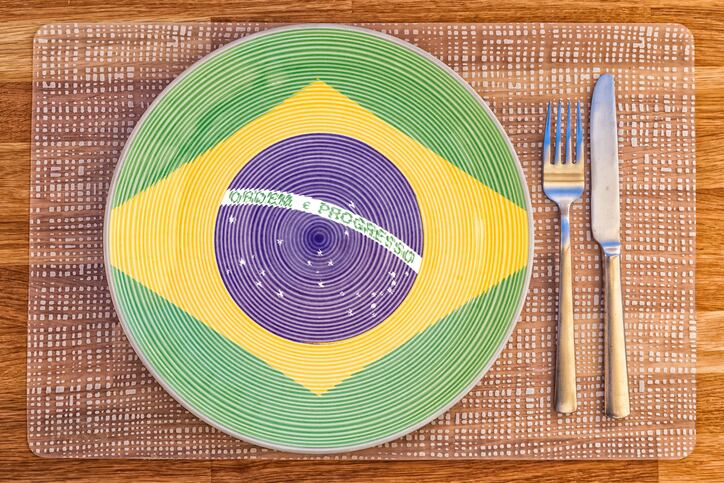Published and implemented in December, Collegiate Board Resolution 329/2019 supplements Ordinance SVS/MS No. 540 of 1997 and modifies sanitary regulations in several other resolutions.
Fish and fish products – including mollusks, crustaceans, echinoderms, amphibians, reptiles and other aquatic animals for human consumption – are divided into fresh and frozen fish, and various processed fish products.
The first category includes fish in its natural state and different presentation forms that has not been subjected to any other conservation process other than cooling or freezing. Processed fish products are categorized into unheated or partially heat-treated, cooked, fried, smoked, dried, salted, semi-preserved, marinated, canned or breaded.
The resolution aligns additive categories with Codex Alimentarius to facilitate updating, international trade and technical innovation. The 27 functional classes for food additives include “preservatives, which prolong the shelf-life of a food by protecting against deterioration caused by microorganisms; antioxidants, which prolong the shelf-life of foods by protecting against deterioration caused by oxidation; stabilizers, which make it possible to maintain a uniform dispersion of two or more components; and colors, which add or restore color in a food among others,” as defined at 42nd Session of the Codex Alimentarius Commission in July 2019.
Authorized additives and aids are listed in the resolution annexes, along with their respective functions, maximum limits and conditions of use. Maximum limits provided correspond to the values to be observed in the ready-to-eat product, prepared according to the manufacturer's instructions.
Main articles
The resolution provides that when two or more food additives with the same technical function are used and for which numeral maximum limits exist, the sum of the additive quantities in the ready-to-eat product may not exceed the limit established for the product additive allowed in larger quantity.
In addition, if the same food additive is used for the purpose of performing two or more technical functions for which different numerical maximum limits have been defined, the maximum quantity to be used may not exceed the maximum limit for the additive, within the authorized functions.
Food additives may be present in fish or fish products as a result of transfer through the ingredients used in their formulation, provided that their use in the ingredients, functions and maximum limits are authorized.
All must meet the identity, purity and composition specifications established by either the Joint FAO/WHO Expert Committee on Food Additives (JECFA), Food Chemicals Codex (FCC), the European Food Safety Authority (EFSA) or the European Union.

